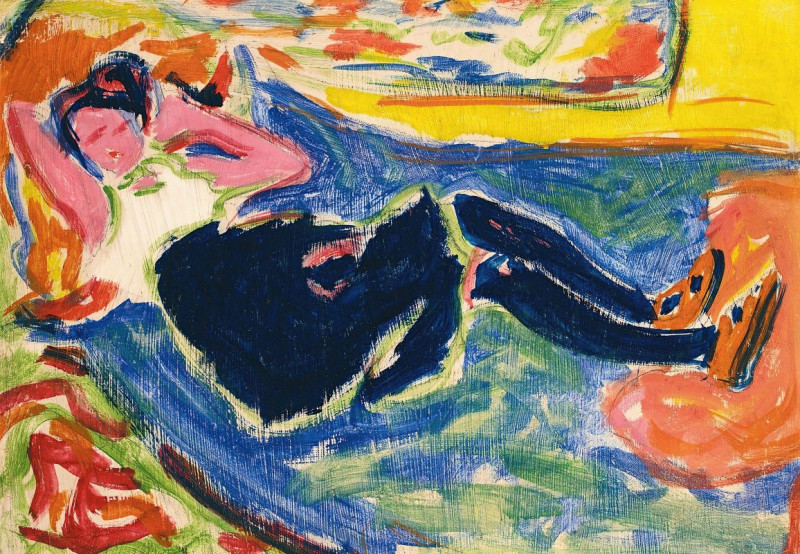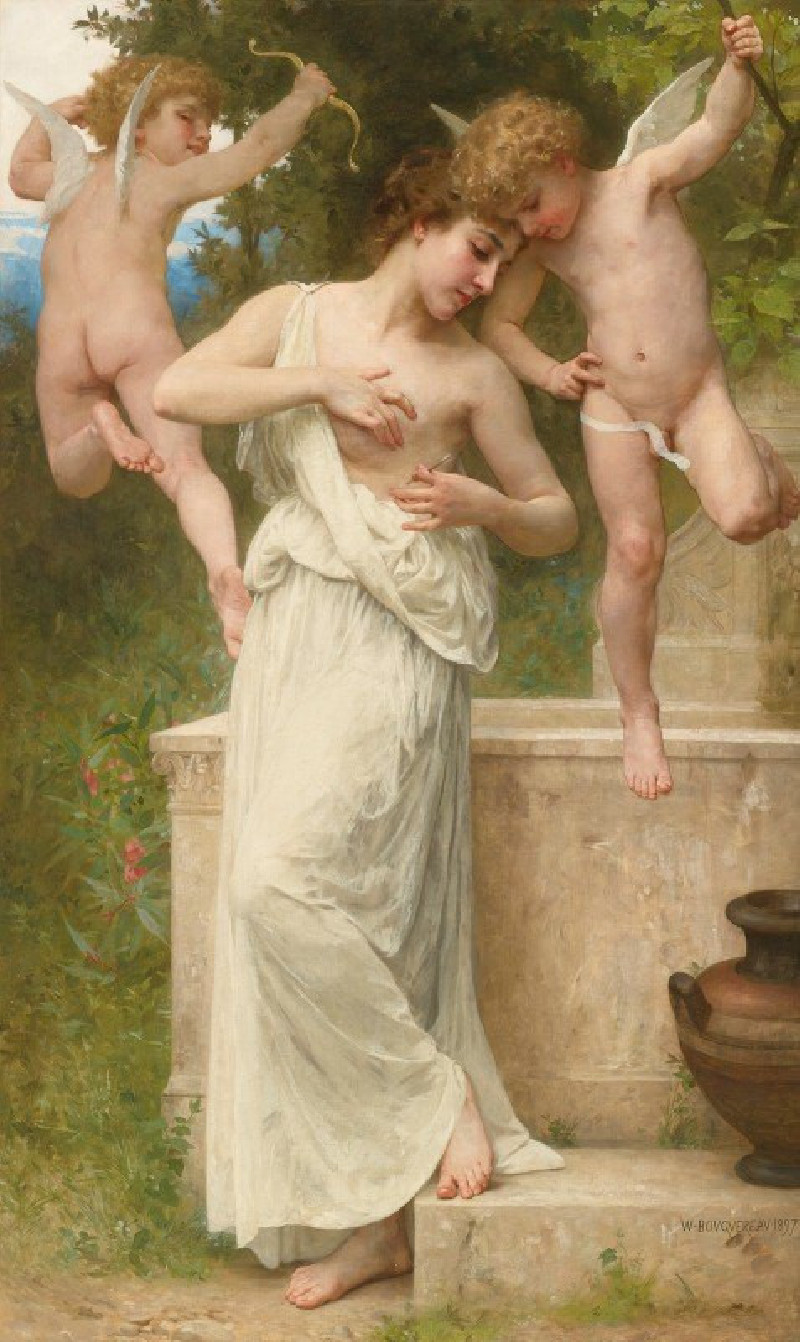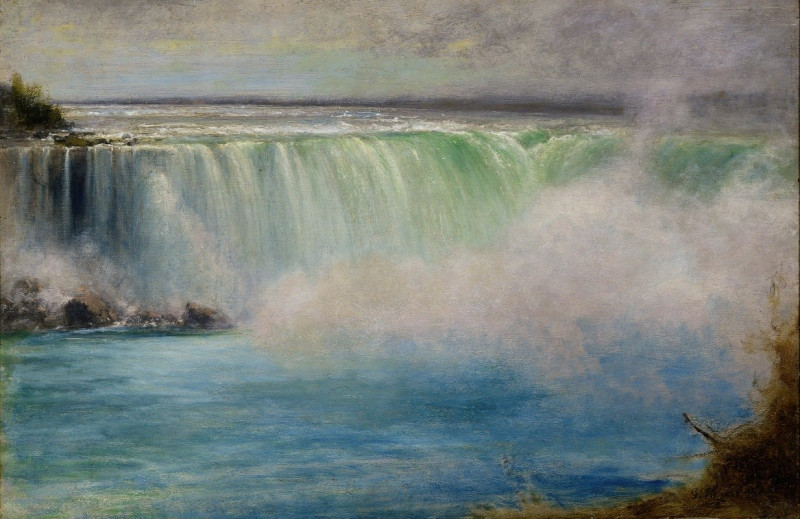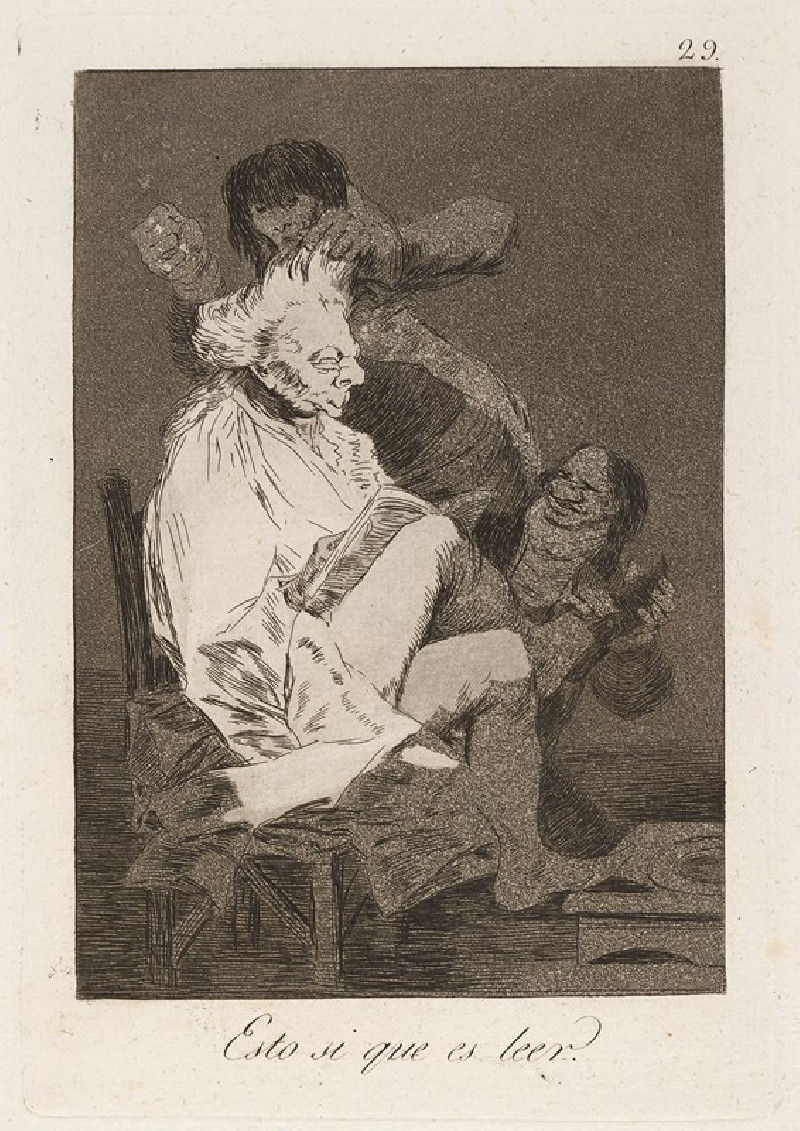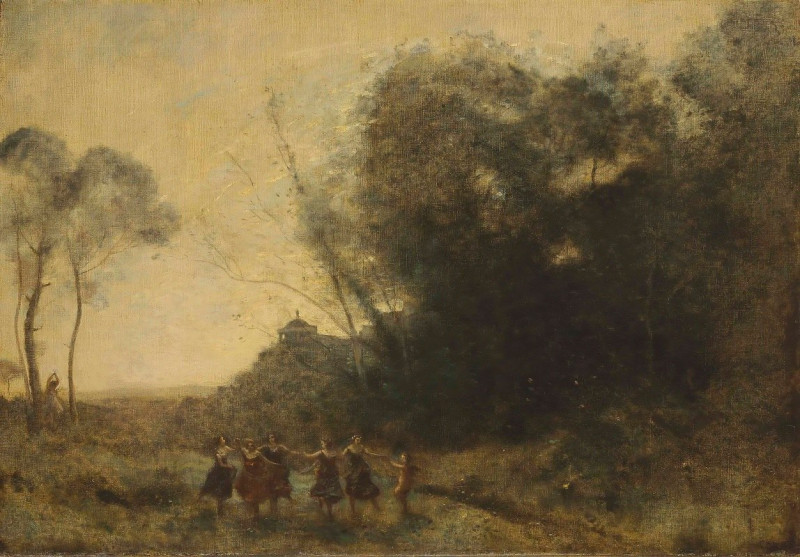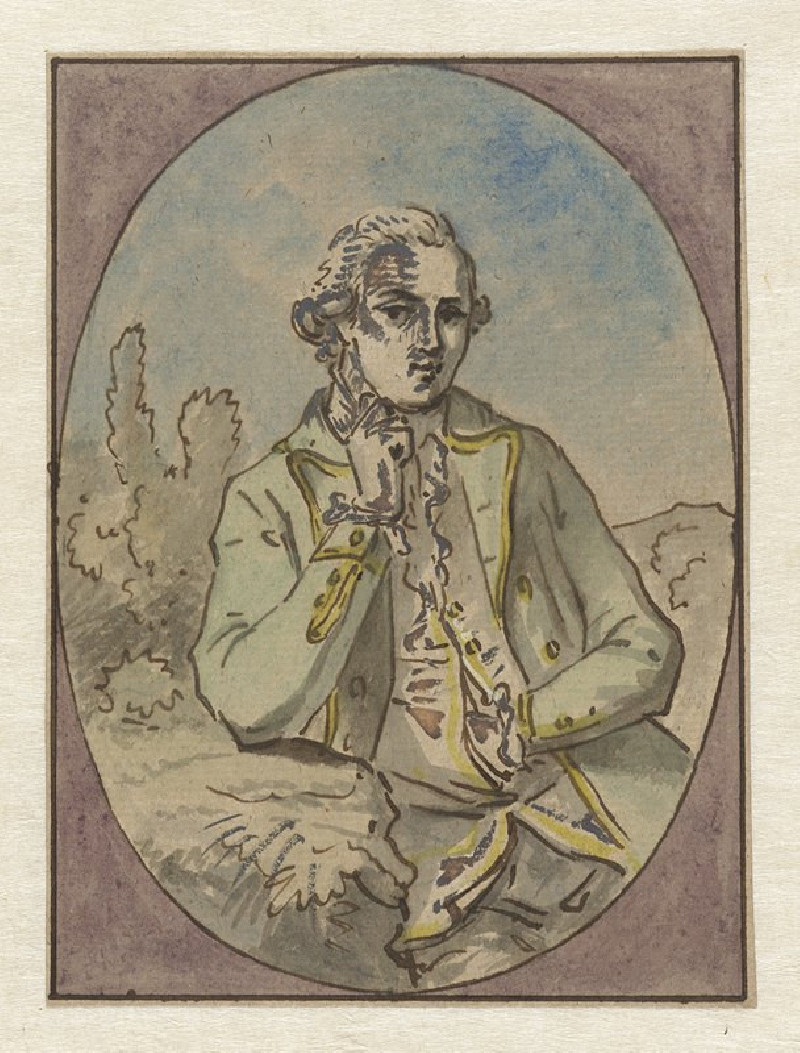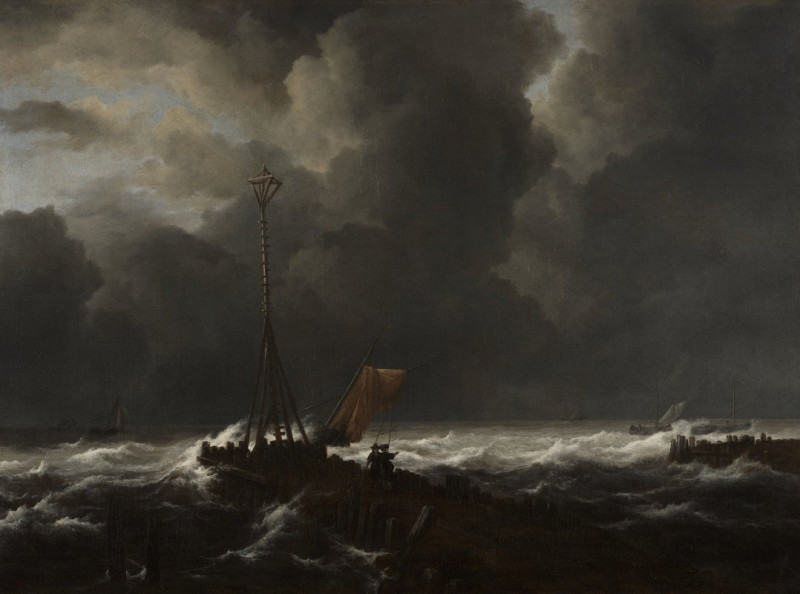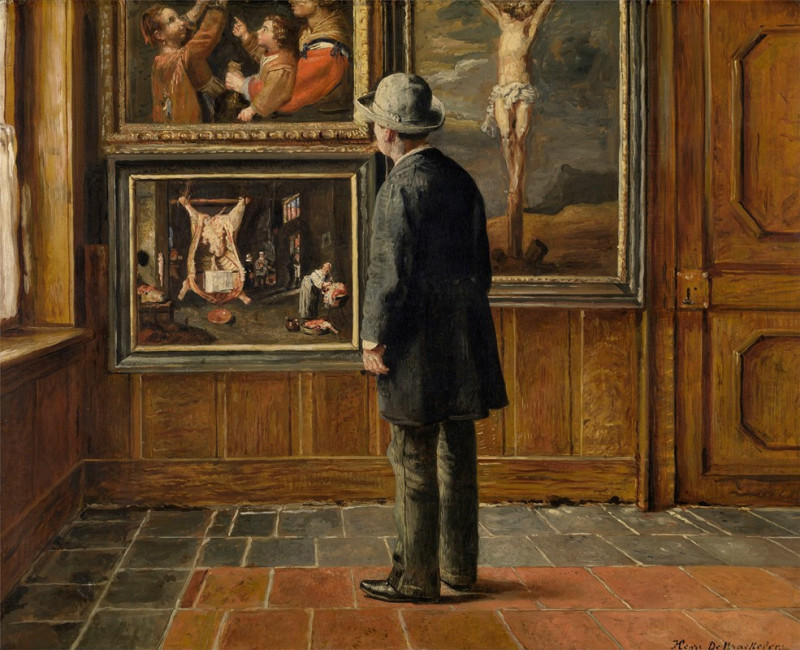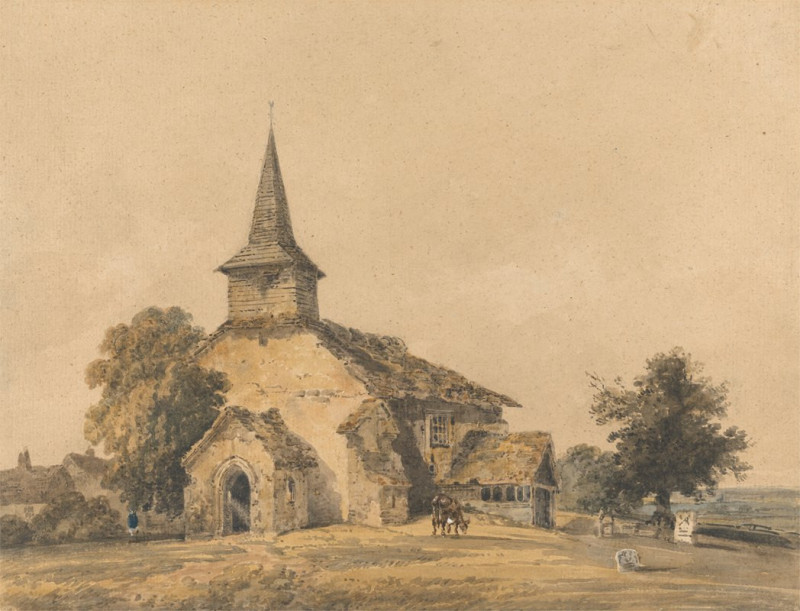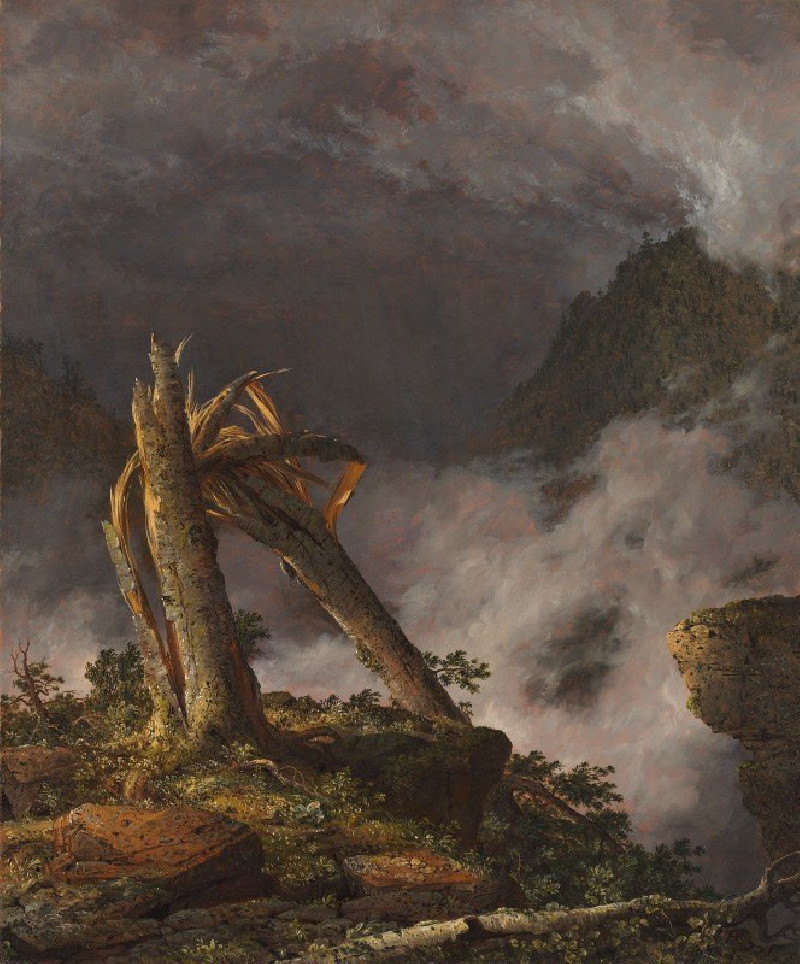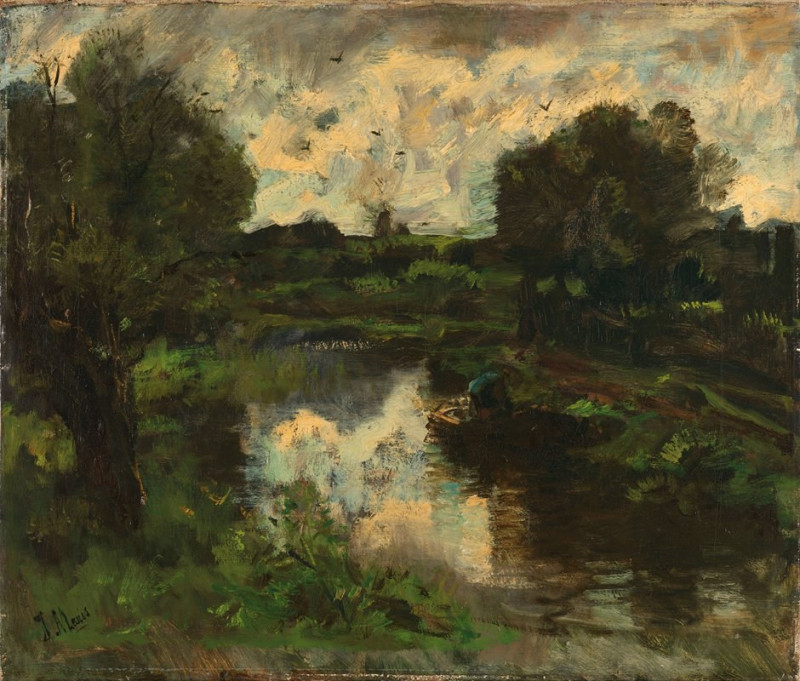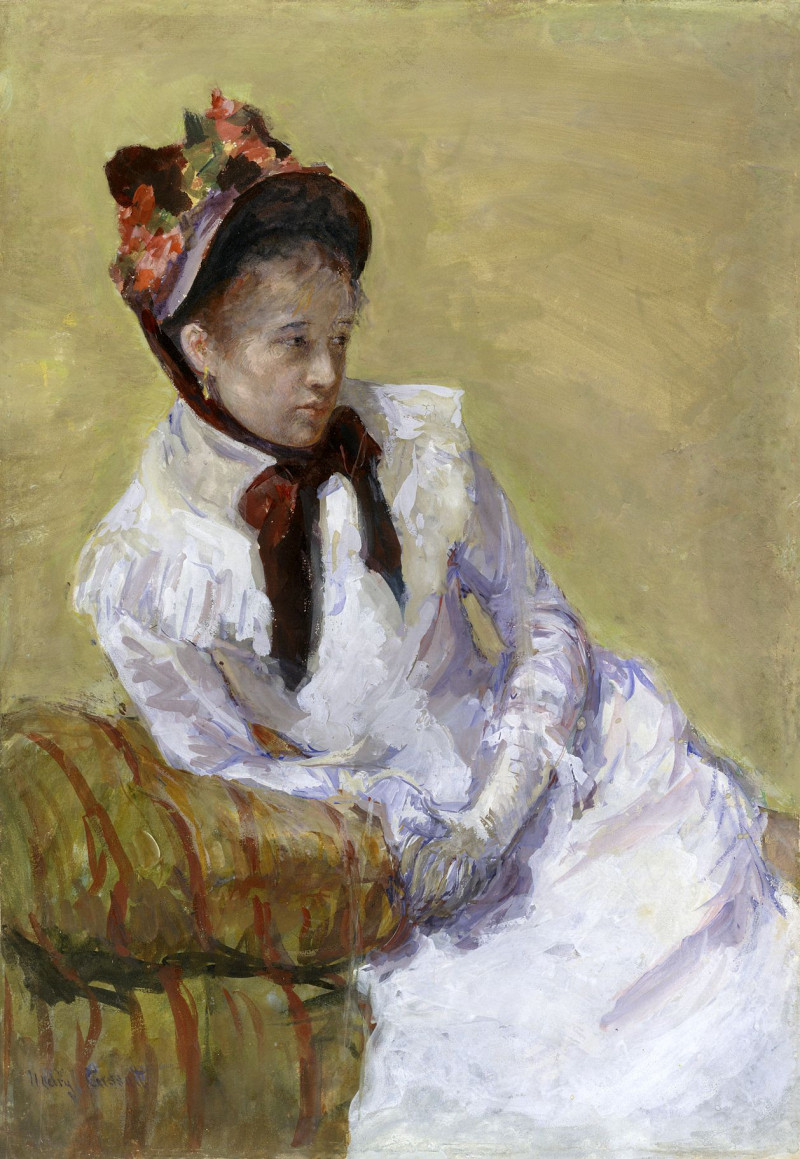Woman With Black Stockings – The Black Grete (1909)
Technique: Giclée quality print
Recommended by our customers
More about this artwork
"Woman with Black Stockings – The Black Grete" is a captivating example of Ernst Ludwig Kirchner's expressive artistic vision, created in 1909. Known for his bold use of color and dynamic forms, Kirchner captures the vibrancy and emotional intensity of the modern life of his time.In this painting, Kirchner depicts a reclining woman, viewed from an intimate, close-up angle. Her body is abstracted into a series of colorful, jagged shapes that converge to create a sense of both depth and flatness. The stark black of her stockings contrasts vividly against her flesh, rendered in pale and flesh-toned hues, and the surrounding swirls of bright yellow, blue, and green.The spontaneous brushwork and the high-contrast palette are trademarks of Kirchner's style, which belongs to the Die Brücke movement, emphasizing raw emotion and individual perception over realistic representation. The painting's composition pulls the viewer's eye across every corner of the canvas, reflecting the tumultuous energy and inner turmoil often explored in Kirchner's body of work."Woman with Black Stockings – The Black Grete" not only showcases Kirchner's skill in manipulating form and color to express psychological states but also serves as a powerful example of early 20th-century modernist art, highlighting themes of sensuality and the human experience.
Delivery
Returns
Ernst Ludwig Kirchner (1880–1938) was one of the most important German Expressionist painters. He was a co-founder of Die Brücke, a group of German expressionist artists formed in Dresden in 1905. Die Brücke and Kirchner took inspiration from Vincent Van Gogh and Edvard Munch, as well as African and Oceanic art. They used woodblock printing as a medium to showcase their signature style: flat, unrealistic images with vivid colors. The recurring themes in Kirchner's artworks included exotic cultures, faraway landscapes, self-portraits, dancers and Berlin street life. His paintings and prints effectively portrayed non-European cultures despite the fact that he never traveled outside of Europe.

